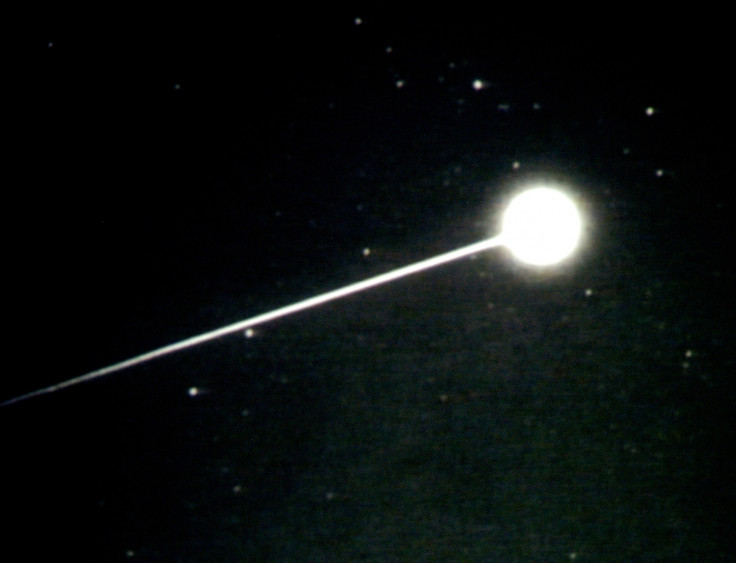Nasa Spacecraft Capsule Captured and Brought Home Star Dust, Says Analysis

Seven out of the many microscopic particles, captured by Nasa's Stardust probe and returned to earth in 2006, could be the remains from the death of distant stars.
This is the first time that star dust collected by a craft has been brought home.
Earlier missions have tracked and collected interstellar particles, but all analysis was done on board the spacecraft.
All seven particles are structurally and chemically different from anything seen before, astronomers report in the latest issue of Science.
More than 50 spacecraft debris particles too have been identified.
The particles have been identified on the basis of their composition as well as calculations of their trajectory before impact.
"Most impacts in the collectors were from the spacecraft where some solar system object hit and knocked off a small piece of debris," Anna Butterworth, a planetary science researcher with the University of California at Berkeley told Yahoo Canada News.
"We could detect these impacts of aluminum metal and solar panel glass quite easily using X-ray chemical analysis, and rule them out as (interstellar) candidates."
Crystalline structures found in some of the samples indicate they were forged in hot environs like the dusty disks around distant stars. Some other particles have a chemical composition pointing to origins from million-year-old supernova explosions.
The Stardust was launched in 1999 mainly to collect comet dust and return the same to earth in capsules. It flew past an asteroid (Annefrank), collected particle samples from comet Wild 2, returned those to Earth in a sample return capsule in January 2006.
It was re-tasked to perform a flyby of comet Tempel 1 when its dust collector was turned to face an area, between Mars and Jupiter, which was expected to have interstellar particles streaming in.
Its dust collector, shaped like a tennis racket, and over a square foot in area, was fitted with a grid of aluminium cells filled with aerogel, a light silica-based foam. The foam was meant to break the force of the impact and ensure the particles were not damaged.
In 2006 the dust collector folded up inside a hard capsule and was parachuted safely into the Utah desert.
Now the scientists have completed their first round of analysis to conclude that seven particles are of distant origin.
Handling the microscopic particles (measuring a few millionths of an inch) and tracing their trajectory through the gel was a difficult task. That was when they enlisted citizen scientists to join the job using a web portal stardust@home,according to the National Geographic.
These amateur trackers found 69 candidate tracks though the gel, of which 31 were extracted.
Though not completely sure, the team believes the angles of the track of the seven particles point to interstellar dust stream. Telescopic observations of their size have also been used to affirm their origin from interstellar dust. These particles whizz through space at speeds of over 15,000 km per hour.
Measuring the mix of oxygen isotopes in the particles will confirm their source of origin but those tests will take a couple of years.
© Copyright IBTimes 2024. All rights reserved.





